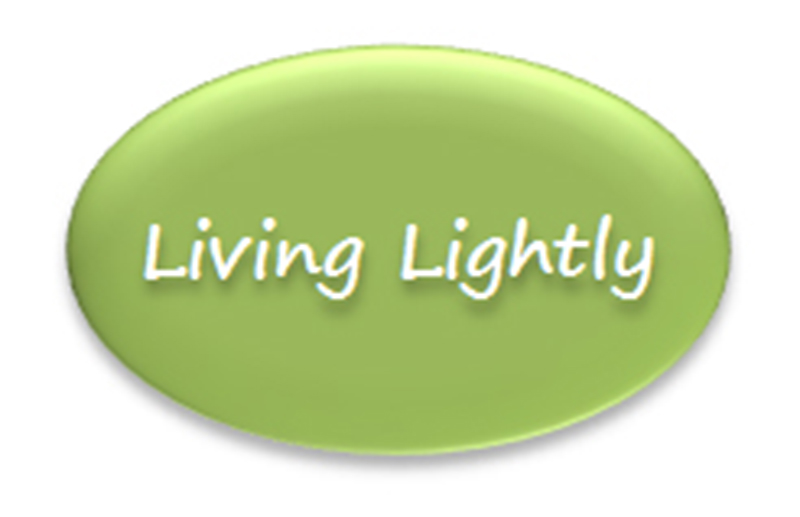By Jonathan Howard
In spring most of us turn our attention to the garden and plants. Some of us might look to plant natives with nectar-producing flowers to attract honeyeaters and wrens in the garden.
This spring, I encourage you to do something different – why not install some insect hotels around your garden?
An insect hotel gives native solitary bees, wasps, and spiders a home. Honey bees and native social bees build their own nests and won’t use the hotel.
You might be surprised about the diversity of animals that come to stay. There are more than 1,500 bee species in Australia and Albury-Wodonga has at least 50 different types.
The trick is not to build these hotels too big because large hotels can attract predators looking for the very insects you want to attract. A few small hotels around the garden is the way to go.
Another trick is to make the nest holes various sizes because different bees have different needs.
There is no need to spend a lot of money. Drill a log full of holes. Use untreated wood. Cut each block into 20-30cm long sections and then drill holes more than 10cm deep into the cut end, using a range of drill bits. Holes more than 1cm across generally won’t get used.
It’s better not to put the holes in a straight row as, mix it up a bit. Finally smooth the entrance at each hole because we don’t want little wings to get injured.
Different species of bee prefer different housing substrates. So another way you could create an insect hotel is to create a small weatherproof house with a protective roof and small overhang. Fill this house with bamboos sticks, fennel stems, cut into lengths at least 10-15cm long with no joints in the stem.
Soft stems of grapevines, lantana and hydrangeas can also be used. If you include small clay-packed pipes and blocks you will attract those bees that like to burrow into clay soils.
The native bee hotel should ideally be facing between the north and east, in a sunny to semi-shaded position, one to two metres above the ground. Make sure the location won’t get too hot in summer. And don’t forget to provide lots of food and water for your bees.

